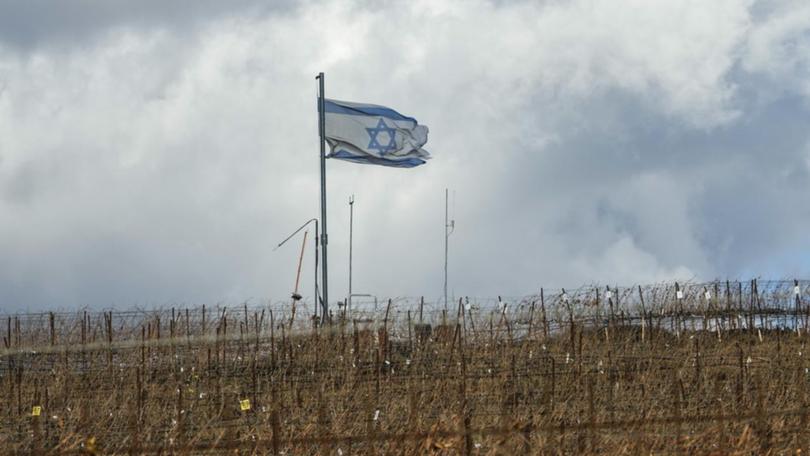Israeli government reveals plan to double settlers in occupied Golan Heights after Syrian regime falls

Israel’s government has agreed to double its population on the occupied Golan Heights while saying threats from Syria remain despite the moderate tone of rebel leaders who ousted president Bashar al-Assad a week ago.
“Strengthening the Golan is strengthening the State of Israel, and it is especially important at this time. We will continue to hold onto it, cause it to blossom and settle in it,” Prime Minister Benjamin Netanyahu said in a statement.
Israel captured most of the strategic plateau from Syria in the 1967 Six-Day War, annexing it in 1981.
Sign up to The Nightly's newsletters.
Get the first look at the digital newspaper, curated daily stories and breaking headlines delivered to your inbox.
By continuing you agree to our Terms and Privacy Policy.In 2019 then-president Donald Trump declared US support for Israeli sovereignty over the Golan but the annexation has not been recognised by most countries.
Syria demands Israel withdraw but Israel refuses, citing security concerns.
Various peace efforts have failed.
“The immediate risks to the country have not disappeared and the latest developments in Syria increase the strength of the threat - despite the moderate image that the rebel leaders claim to present,” Defence Minister Israel Katz told officials examining Israel’s defence budget, according to a statement.
Netanyahu’s office said the government unanimously approved a more than 40-million-shekel ($A17 million) plan to encourage demographic growth in the Golan.
It said Netanyahu submitted the plan to the government “in light of the war and the new front facing Syria, and out of a desire to double the population of the Golan”.
About 31,000 Israelis have settled there, said analyst Avraham Levine of the Alma Research and Education Center specialising in Israel’s security challenges on its northern border.
Many work in farming, including vineyards, and tourism.
The Golan is home to 24,000 Druze, an Arab minority who practice an offshoot of Islam, Levine said. Most identify as Syrian.
Syria’s de facto leader Ahmad al-Sharaa said on Saturday that Israel was using false pretexts to justify its attacks on Syria but that he was not interested in engaging in new conflicts as his country focuses on rebuilding.
Sharaa — better known as Abu Mohammed al-Golani — leads the Islamist Hayat Tahrir al-Sham (HTS) group that swept Assad from power last Sunday, ending the family’s five-decade iron-fisted rule.
Since then Israel has moved into a demilitarised zone inside Syria that was created after the 1973 Arab-Israeli war, including the Syrian side of the strategic Mount Hermon that overlooks Damascus, where its forces took over an abandoned Syrian military post.
Israel - which has said that it does not intend to stay there and calls the incursion into Syrian territory a limited and temporary measure to ensure border security - has also carried out hundreds of strikes on Syria’s strategic weapons stockpiles.
It has said it is destroying strategic weapons and military infrastructure to prevent them from being used by rebel groups that drove Assad from power, some of which grew from jihadist movements.
Several Arab countries, including Saudi Arabia, the United Arab Emirates and Jordan, have condemned what they called Israel’s seizure of a buffer zone in the Golan Heights.
